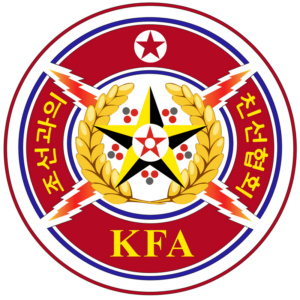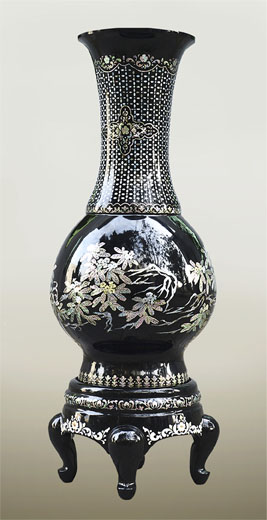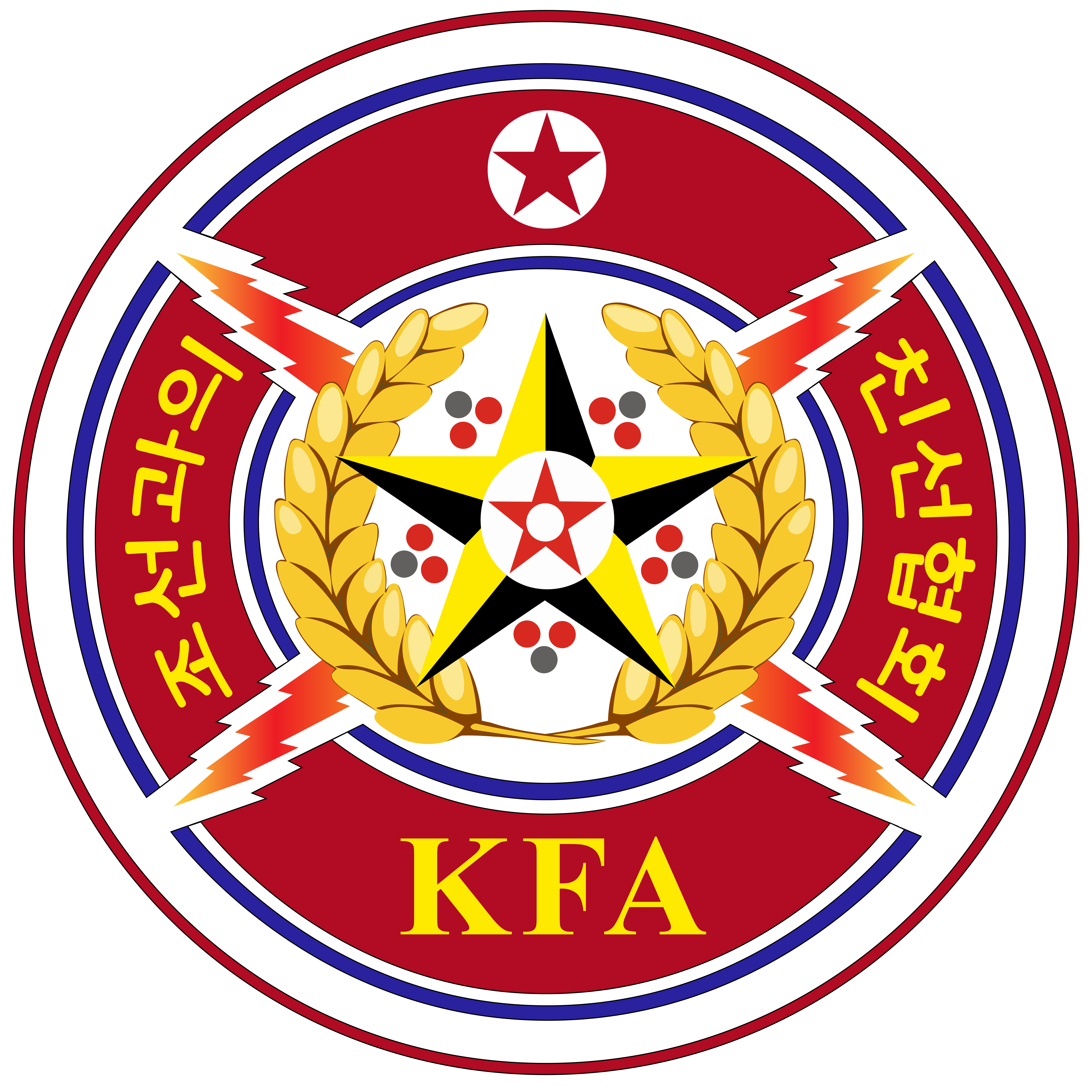News
Lacquering Art of Korea
The lacquering art is the national craftwork indigenous to Korea which decorates various furniture and utensils by painting them with lacquer.
It has such features as durability, purity and lustre for its peculiar material. Wood is mainly used as the groundwork material for lacquering, and sometimes metals and unglazed ceramics.
It applies various decorating methods; lacquered craftworks inlaid with mother-of-pearl, patterned metal plate, painting and embossed sculpture; decoration by making use of eggshell, various grasses, gold and silver foil, and gold and silver dust; and combination of other methods.
The lacquering art has a long history in Korea. Lacquered traces can be found in the remains dating back to the primitive ages and the period of Ancient Korea, and excellent lacquerware were made in the period of the Three Kingdoms.
Scabbard of a narrow brass dagger used as a weapon in the period of Ancient Korea was made of wood and then coated with lacquer, thus showing high artistic skill.
The development of lacquering art in the period of Koguryo can be seen through the lacquered pieces unearthed in Anak Tomb No. 3, the middle tomb among the three tombs in Kangso. In particular, the pieces found in the middle tomb in Kangso show a painting lacquered in white and red colours on the black-lacquered ground, which depicts a pattern of vine twined windingly and a phoenix with its wings spread in its centre. The patterns painted on the lustrous lacquered ground were depicted with beautiful and strong lines, thus giving a fresh feeling.
Production of lacquered mother-of-pearl craftworks began to develop early in the period of Koryo, as it set up workshops of producing those craftworks in its government office and encouraged their production. Those craftworks became the major commodities in external trade. Pictures of four guardians, a lacquered coffin, lacquered mother-of-pearl caskets with pine needle and lakescape patterns and other remains discovered in ancient tombs of Koryo showcase the development and characteristics of lacquering art at that time.
The lacquering art developed most rapidly in the latter half of the feudal Joson dynasty. Especially, coloured lacquer pictures of figures, animals, plants and natural landscape increased considerably.
The Korea’s lacquered craftworks inlaid with mother-of-pearl, which are now housed by Japan and other countries around the world, vividly show the superiority of its lacquering art in the middle ages.
Today the lacquering art is being developed on a higher level. The Mansudae Art Studio and other professional creation units are producing many excellent lacquered products that represent the era.
The lacquering art is a national intangible cultural heritage of the DPRK.


